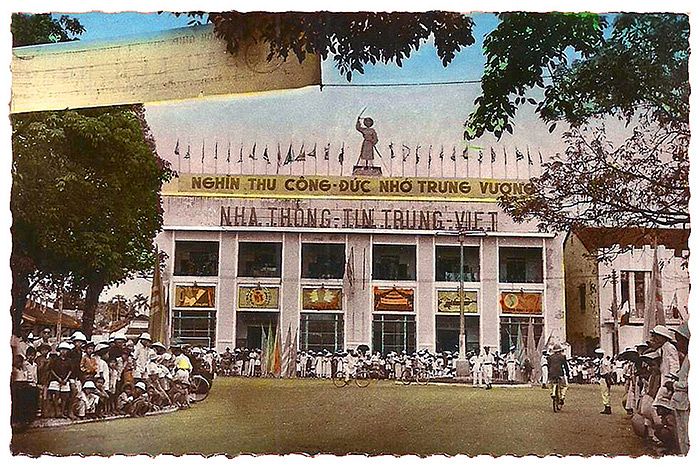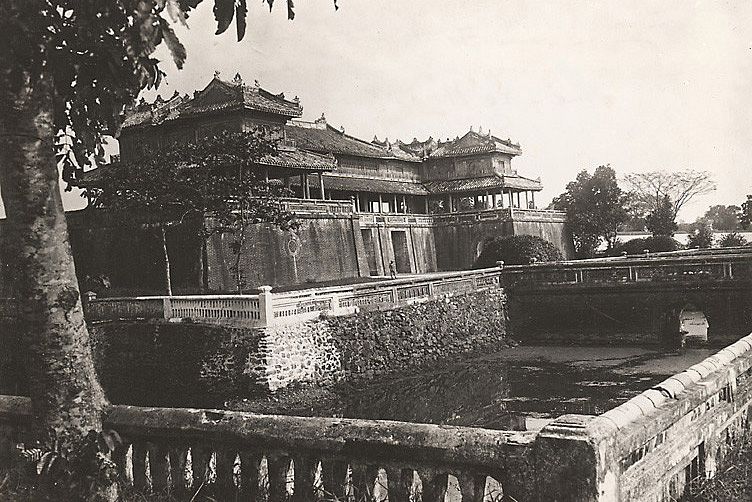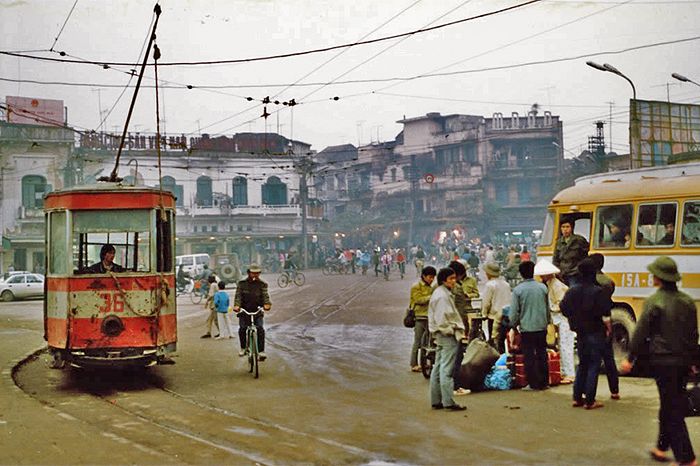Since the dawn of military aviation, pilots who racked up victory after victory have gone on to become national heroes, or in some cases, national folklore. Such is the case of Colonel Nguyen Tomb who, at the height of American airpower, became the most successful pilot of the war – if he existed at all.
Though outnumbered and outmatched on paper, the Vietnamese People’s Air Force made a large dent in the American goal of air superiority over the skies of Vietnam, according to War is Boring, a website dedicated to bizarre military history stories.
Like the rest of the Vietnamese war effort, the country received planes and technical training from China and the Soviet Union, mainly in the form of MiG-17 fighter jets.

MiG-17 no. 3020, the same model allegedly flown by Colonel Tomb. Photo via War is Boring.
For battles on the ground, Vietnamese used their limited resources to their advantage; pilots applied the aerial equivalent of these same tactics up above. Using hit-and-run tactics on US bombers that ran on predictable schedules, the low-tech MiGs were able to inflict heavy damage, even on the then highly advanced, supersonic F-105 Thunderbolt.
According to War is Boring, American pilots were subject to strict rules of engagement that prevented them from firing missiles at unidentified aircraft or attacking enemy airfields.
This created the perfect ecosystem for a pilot allegedly named Tomb, identifiable by the National Security Agency (NSA) by his unique call sign.
By the end of the war, Tomb had amassed 13 air-to-air kills when no American pilot topped five.
An NSA report made public through the Freedom Of Information Act shows just how much the pilot got in the heads of American officials. The commander of the US 7th Air Force became “obsessed” with downing the Vietnamese ace, even receiving notice from the NSA when he was scheduled to fly. And perhaps rightfully so: the report concluded that the “Red Baron of North Vietnam single-handedly wrecked a strategic bombing mission”.

An MiG-17F at the US Air Force Museum. Donated by the Egyptian Air Force, it has been repainted to resemble the plane flown by Colonel Tomb. Photo via War is Boring.
In recent years, historians have tried to chase down this once-menacing ace, but when asked other Vietnamese pilots had no recollection of such a figure.
Inconsistencies also began to crop up as they dug further into Tomb's story. Top Vietnamese pilots flew the newer MiG21, Tomb is by no means a Vietnamese name, and finally, why would the Vietnamese military forgo another war hero?
Though there are no definitive answers, there are plenty of theories: he was actually a Russian pilot; Tomb was actually two pilots; the Red Baron was a pilot named Nguyen Van Coc who scored nine official air-to-air kills. Coc also had 13 stars painted on his MiG21 (including the kills of other pilots who had flown that aircraft) which would match the number reported by the Americans.
Trained in Russia, Coc’s father and uncle were Viet Minh fighters who died resisting the French. Following his aerial success, he was pulled from the front lines to train a new generation of Vietnamese pilots.
We may never know the true identity of Colonel Tomb as it seems likely that he was just an American manifestation of other Vietnamese aces that wreaked havoc on American air power.
[Photo via genlocair]














